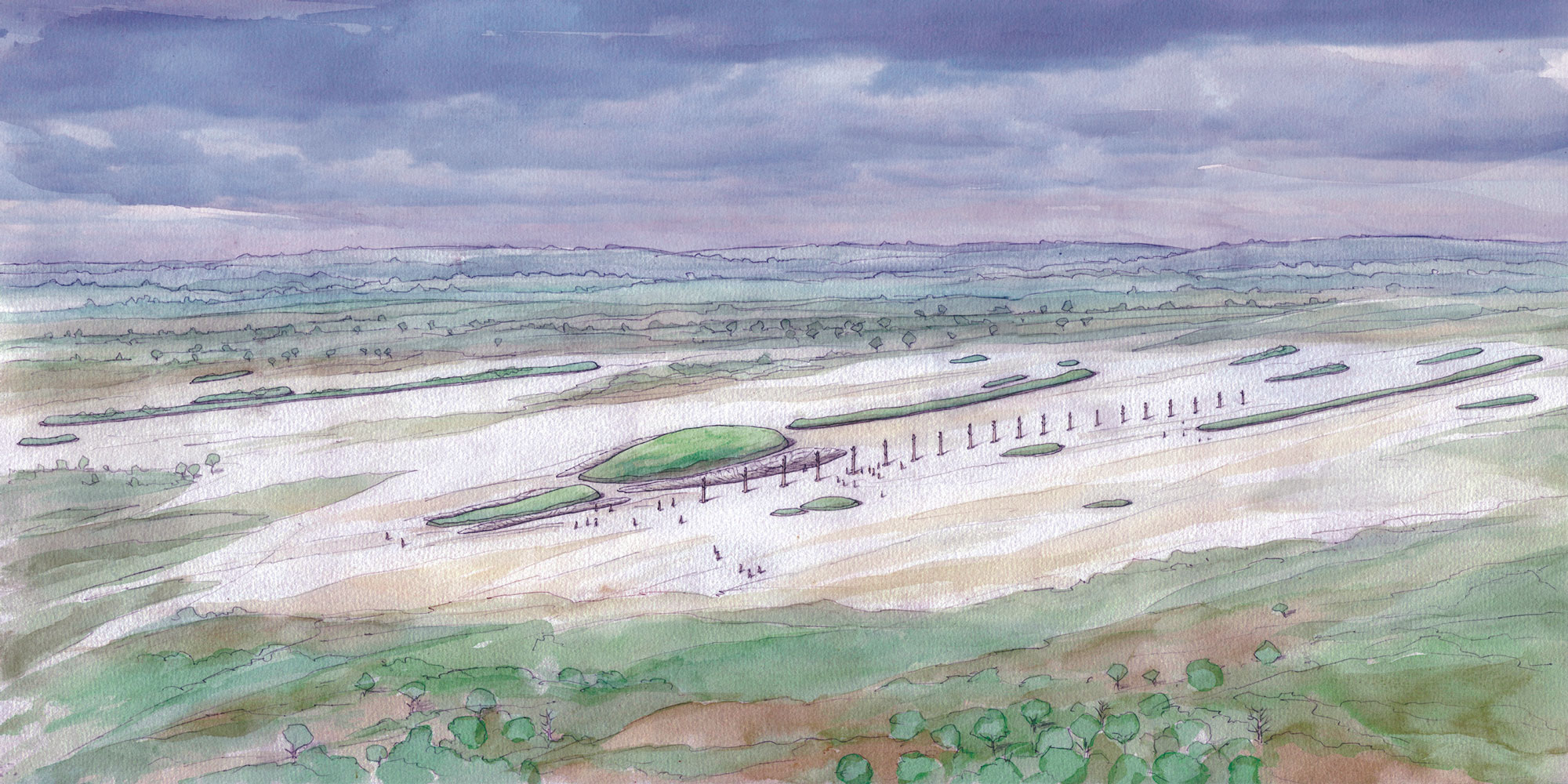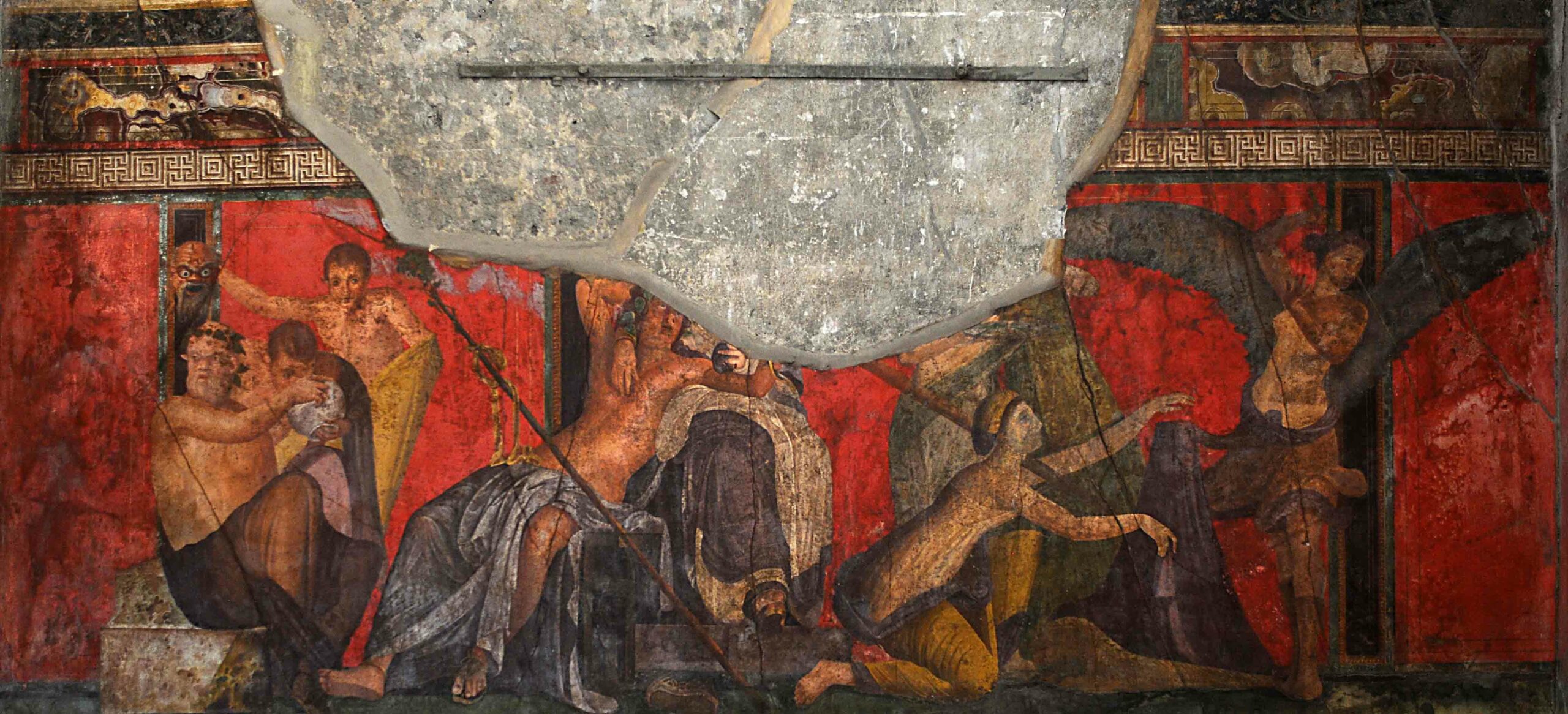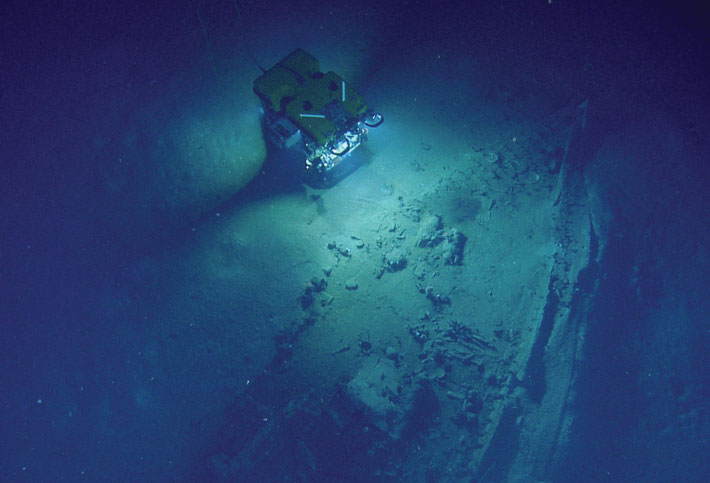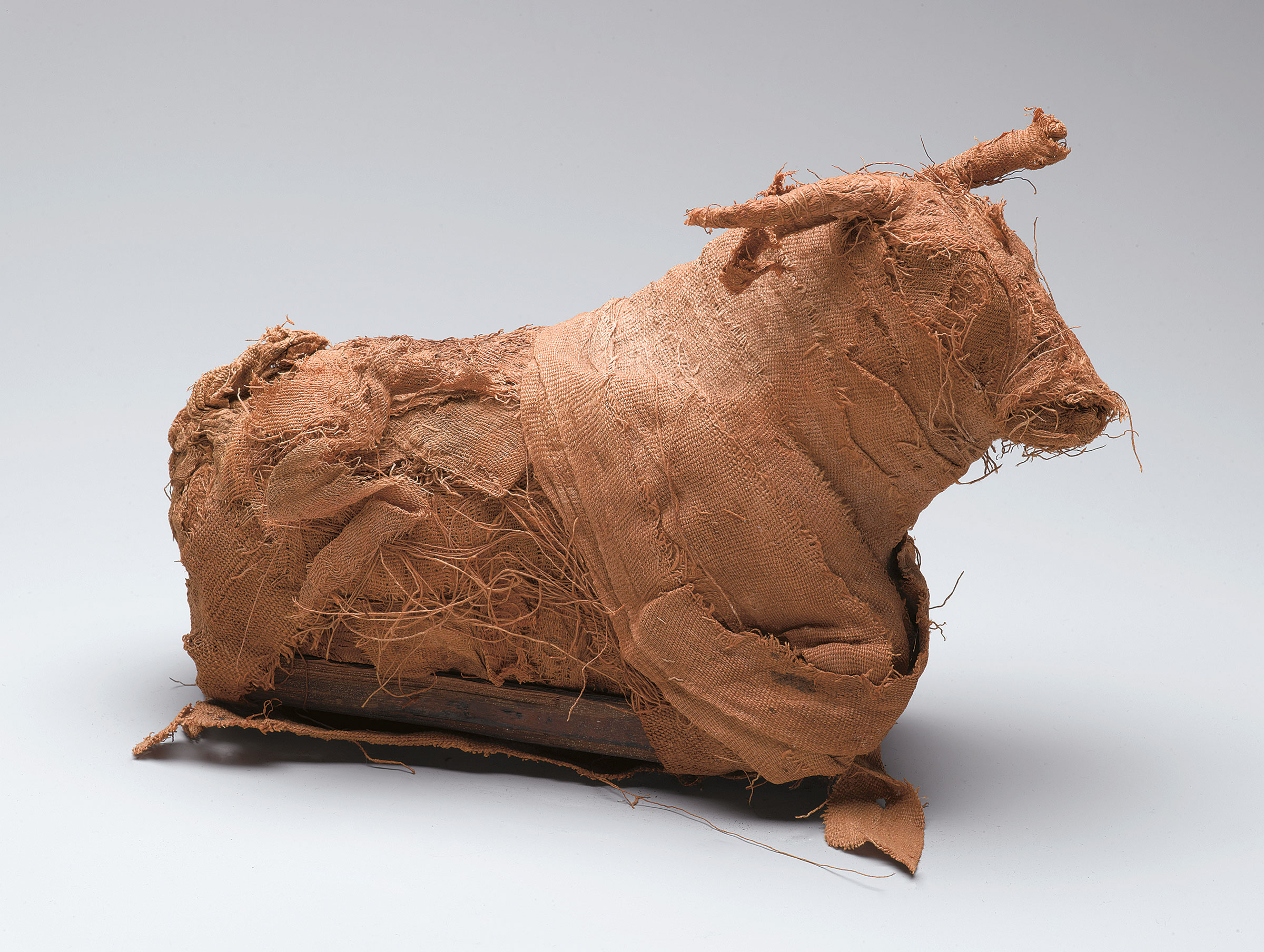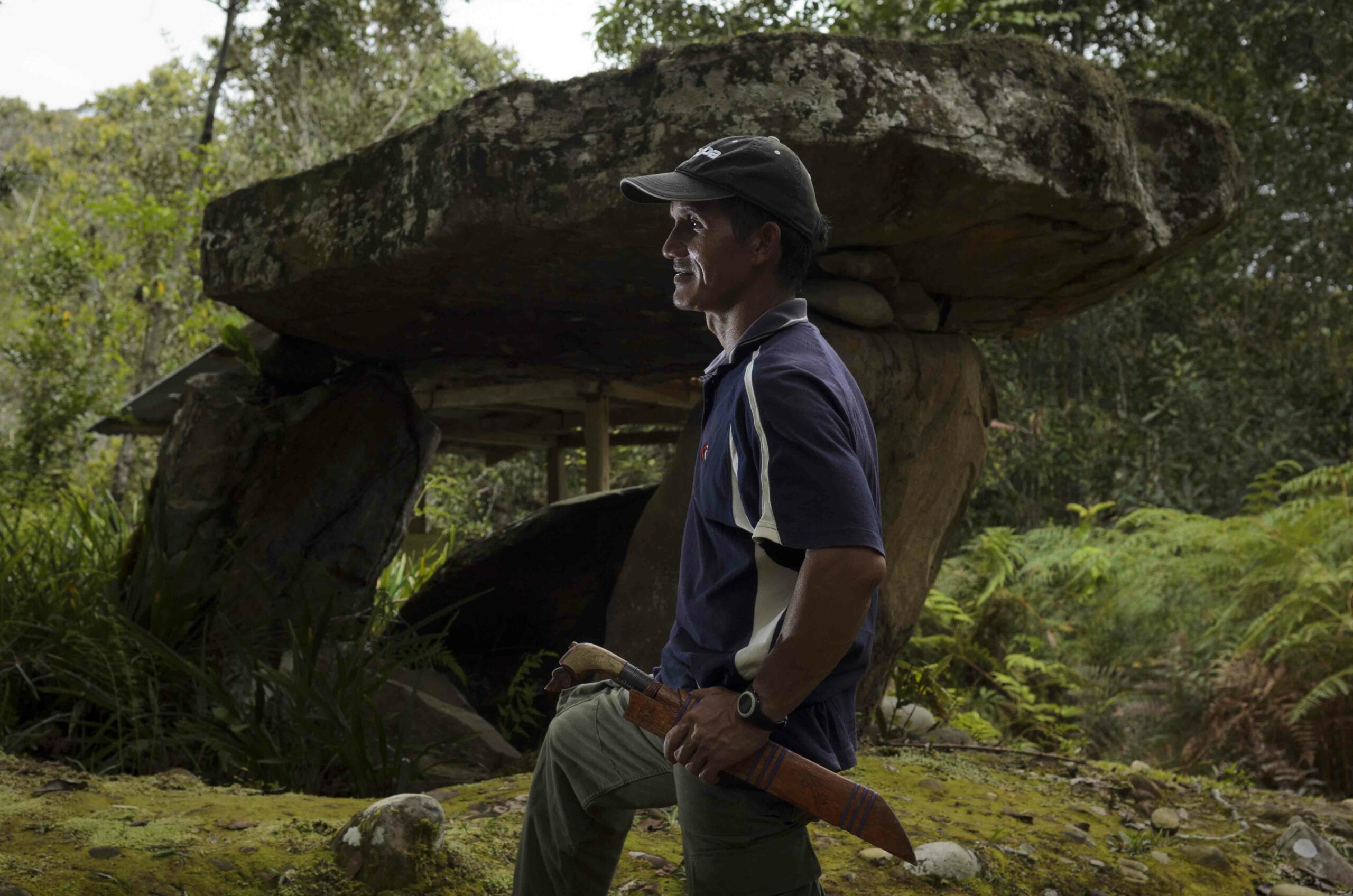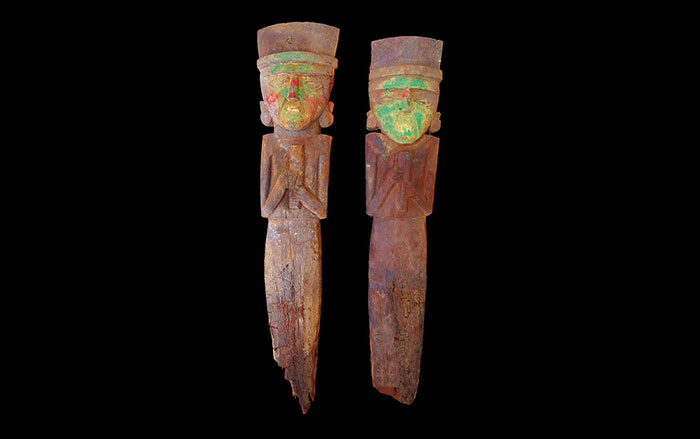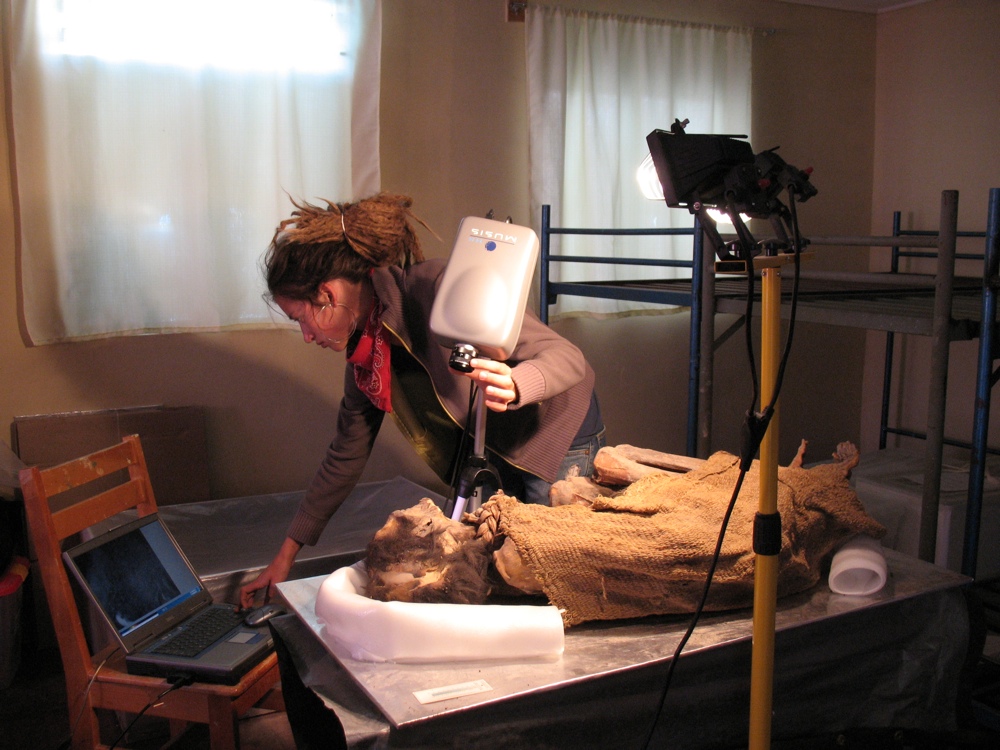
LOS ANGELES, CALIFORNIA—New research suggests that contaminated water caused chronic arsenic poisoning among the Incas and the Chinchorro who lived in northern Chile between A.D. 500 and 1450. The skin, hair, clothes, and soil encrusting a naturally preserved mummy from the Tarapacá Valley of the Atacama Desert were examined by with nondestructive instruments by archaeological scientist Ioanna Kakoulli of the University of California Los Angeles and her colleagues. The condition of the mummy’s skin suggested arsenic ingestion, so the scientists imaged the hair samples with a very high resolution scanning electron microscope, and analyzed the distribution of elements and minerals in the hair sample with the synchrotron light source at the Lawrence Berkeley National Laboratory. They found that the arsenic had been uniformly distributed through the hair, and that the soil contained much lower concentrations of the toxic element. “The results are consistent with modern epidemiological studies of arsenic poisoning by ingestion,” Kakoulli told Live Science.



